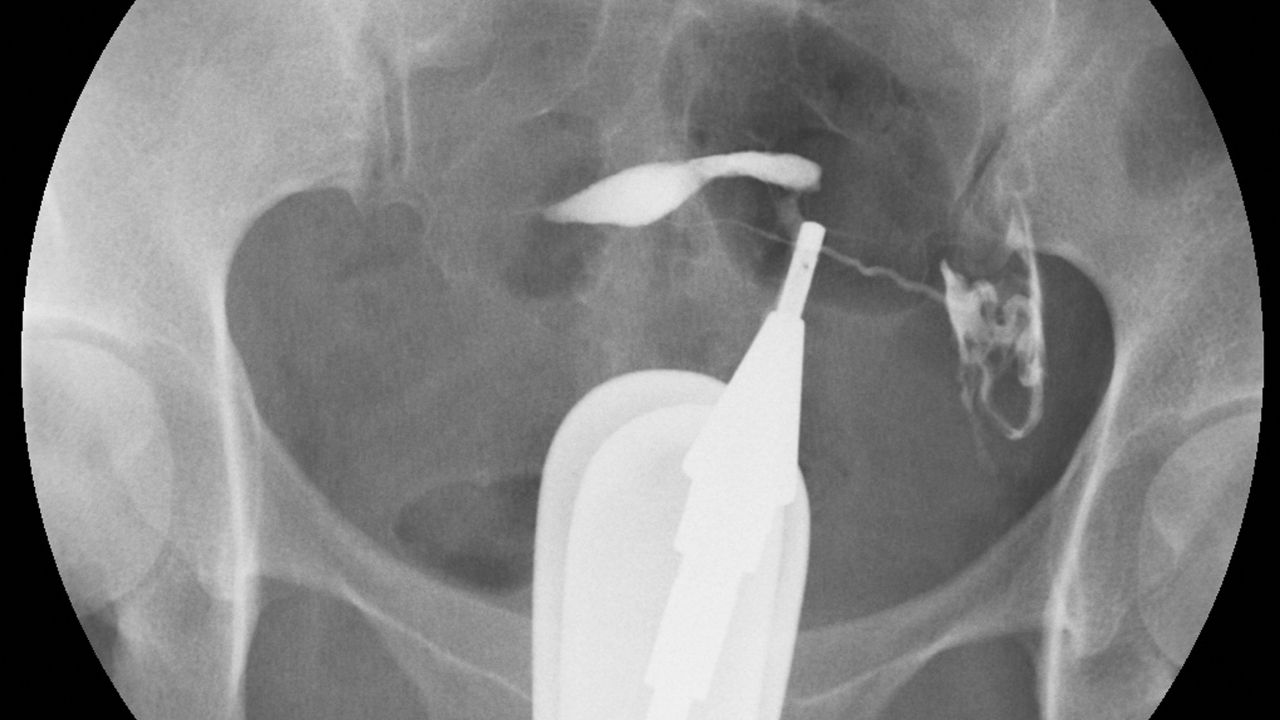An HSG is a special x-ray used to look at the uterus and fallopian tubes. It can find problems such as scarring, blockage, or tumors. An HSG often comes in handy when you are trying to get pregnant and having trouble doing so. It can also diagnose infertility, affecting 10-15% of all married couples in the United States. Medical practitioners offering an HSG in Celebration use an x-ray machine and a contrast dye that shows up on the x-ray.
A doctor will place a speculum into your vagina and fill the cervix with the contrast dye to visualize it for the radiologist to see on an x-ray. They will then use a catheter to inject the x-ray contrast dye into the uterus. The radiologist looks at the shape of the uterus on film and can see if there are any defects or problems that could cause issues with fertility.
Who Needs an HSG?
An HSG should be done whenever a couple is trying to get pregnant and having trouble doing so. It can also diagnose infertility.
You may also need an HSG if:
- You have been unable to conceive after 12 months of frequent, unprotected intercourse or six months if you are 35 or older.
- You and your partner have completed fertility treatment without success.
- You have pelvic pain or abnormal vaginal or urinary symptoms, or if you have a medical condition that makes it difficult to get pregnant.
- you have surgical sterilization in place (tubal ligation)
- You are an infertile man and need the procedure to show blockages in your reproductive tract.
- You have intrauterine adhesions present. In this case, you may need an HSG before treatment of the condition to ensure all adhesions have been lysed.
- You have previously had a baby via cesarean section (C-section) and have not had an HSG since the C-section delivery.
- You are currently pregnant and have undergone fertility treatment that included embryo or sperm injection into the uterus or fallopian tubes, or you are expecting twins via in vitro fertilization.
What Can You Expect During an HSG?
It is an outpatient procedure. You will need to schedule time off work or school because you may experience some pain, cramping, and spotting afterward. An HSG is an invasive procedure that can cause discomfort but shouldn’t be too painful, especially if the contrast dye has been administered into the uterus first.
During a standard HSG, a woman lies on an exam table and places her heels in metal supports called stirrups. The radiologist then inserts a speculum into the vagina to place a contrast dye catheter at the cervix. Injection of fluid will be painless, but you may want to take deep breaths throughout the procedure to help cope with the pressure. The radiologist will leave the room while the dye is injected but can see on a monitor if you are okay.
If you prefer, the doctor may provide a medication that puts you to sleep during your HSG.
To summarize, a Hysterosalpingogram (HSG) is a special x-ray used to look at the uterus and fallopian tubes. You may need it if you are having trouble conceiving even after trying for more than a year. It is an outpatient procedure, but you may need some time off work or school as it causes some pain and cramping.






Be First to Comment